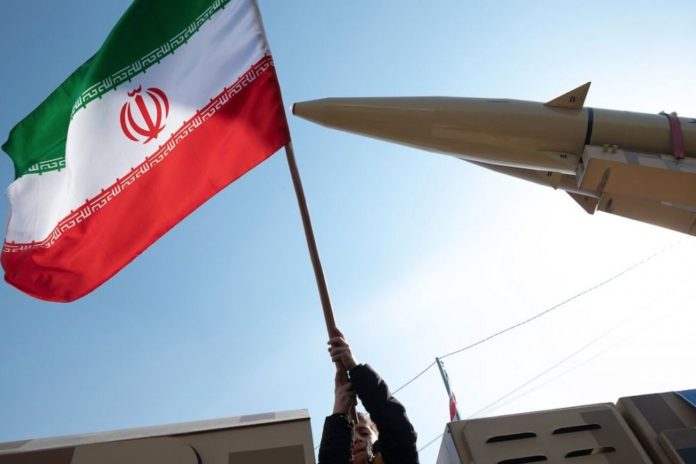In early September, Russia received the first batch of 200 FATH-360 missiles from Iran to strengthen Ukraine's bombing. However, according to Forbes, these deliveries can turn against Russia itself, as they can lead to serious changes in Ukraine's shock campaign.
FATH-360 is a satellite ballistic rocket transported on a six-by-six truck. Each projectile weighs 1,700 pounds, and the flight range reaches 75 miles. The weight and range of FATH-360 make it useful for use on the front line or bombardment of cities near the front.
Ukrainian observer Oleksandr Kovalenko predicted that Russia will "use these missiles ... for the terror of the border area, in particular, Sumy and Kharkiv regions." At the same time, he excluded "some critical impact on the rear [Ukraine] or the war zone." Forbes notes that, despite the potential of these missiles, their number is insufficient to change the course of war. At the same time, Ukrainian air defense usually intercepts a quarter of the flying missiles.
Despite this, the new union between Russia and Iran can have unpredictable consequences. The Russian-Iranian rocket alliance can be a factor that finally convinces Western leaders to allow Ukraine to use ATACMS and the winged Storm Shadow missiles of British production for goals in Russia. US Secretary of State Anthony Blinken has already acknowledged that the arrival of the FATH-360 at least justifies another conversation about the restriction.
Iran and Russia signed a contract for the supply of "hundreds" of rockets at the end of 2023, and the first batch of rockets was received in early September 2024. Russian servicemen were trained in the use of missiles in the summer. Expert Oleksandr Musienko notes that although it is difficult to knock down Iranian missiles with systems of air defense, they can be effectively counteracted by destroying storage warehouses and starting installations.


